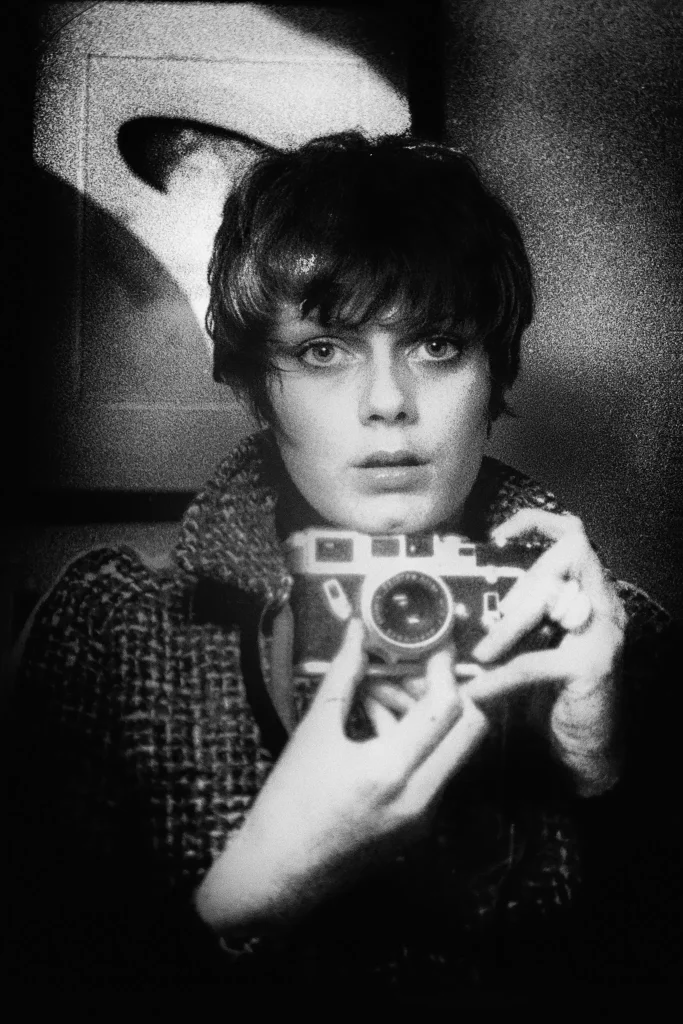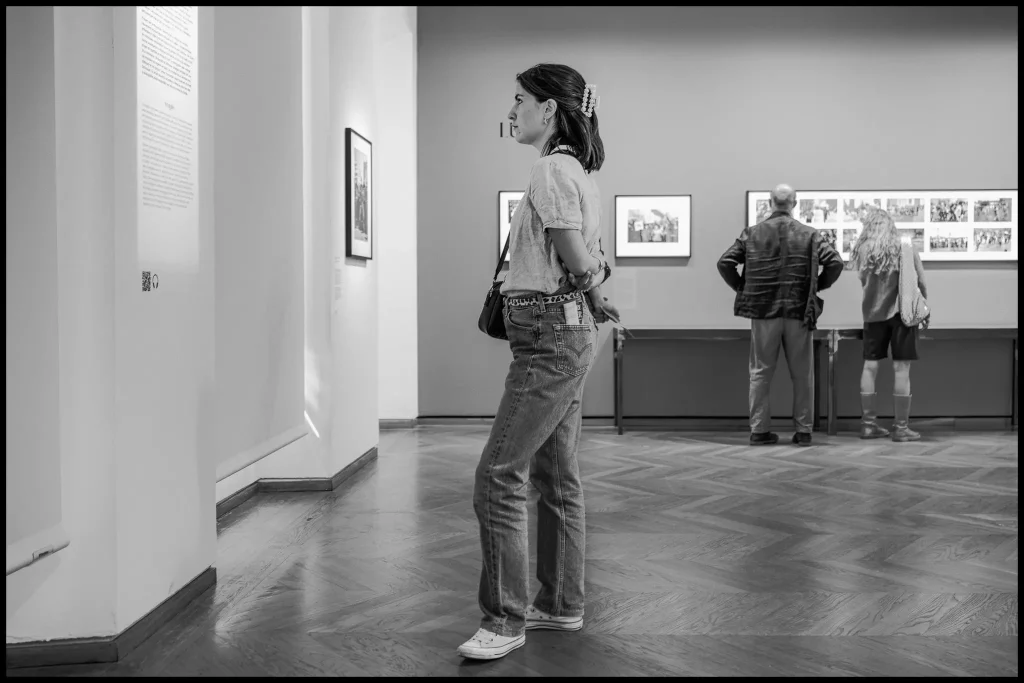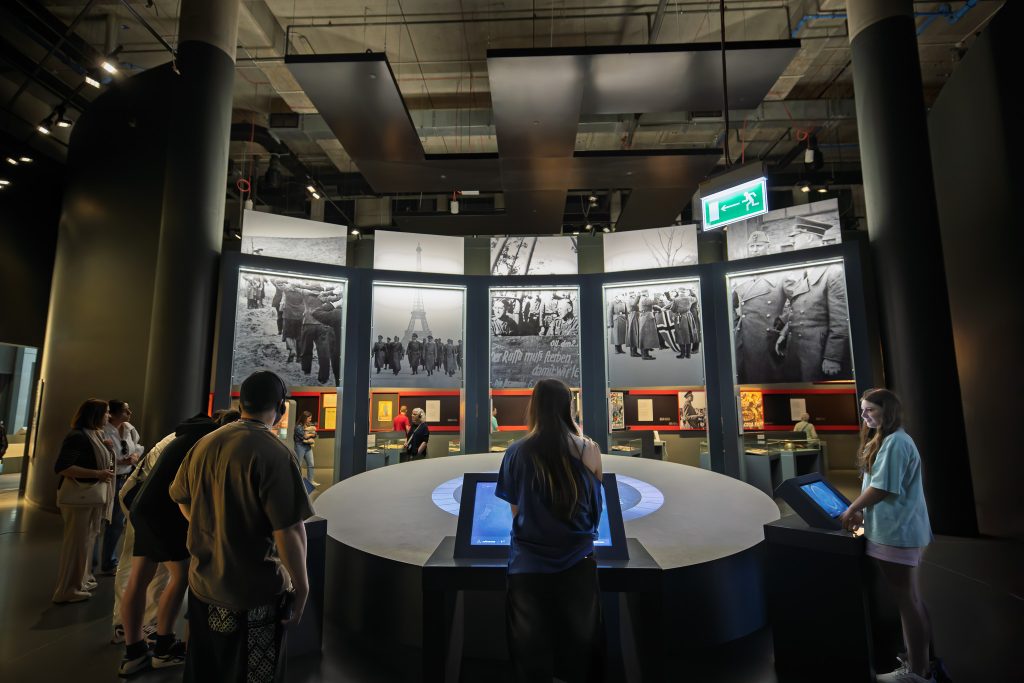In the heart of the Marais in Paris lies the Maison Européenne de la Photographie (MEP). It isn’t a grand, imposing museum like the Louvre or the Musée d’Orsay. Instead, it feels intimate, almost hidden — a place where you can stand quietly before a single photograph, letting it work on you without distraction.

Encountering Marie-Laure de Decker
The exhibition that stopped me in my tracks was devoted to Marie-Laure de Decker. Before this visit, I knew nothing about her. Yet her black-and-white images held me still: the grain of film, the intensity of her subjects’ eyes, the strange balance of fragility and strength.
Her story is as remarkable as her photographs. De Decker began as a striking fashion model in Paris. She saved enough money to buy her first Leica and soon turned the camera on the world’s conflicts. Her photographs from Vietnam and Chad carry a rare humanity — not just war and suffering, but dignity, presence, and survival.
Two of her cameras, a well-worn Leica M3 and M4, are on display at the MEP. Ordinary tools, scratched and aged, yet heavy with history and courage.
More Than a Museum
The MEP is not just a gallery of images. It feels like a home for photography itself, where established masters share the stage with emerging voices. Its bookstore is a temptation all its own — shelves lined with rare catalogues, monographs, and books that open like personal invitations into other lives.
And when you step back outside, you’re in the Marais: narrow old streets, bustling cafés, a Paris scaled to human rhythm.

What Matters
Standing in front of de Decker’s work, I felt something I sometimes forget: the latest gear matters very little. What endures is the eye, the courage to see, and the willingness to be present.
The MEP reminded me why I fell in love with photography in the first place. It is not only about images. It is about memory, refuge, and meeting the world through another’s gaze.
If You Go
If Paris is in your plans, make time for the Maison Européenne de la Photographie. You may arrive expecting to see photographs. But if you linger, you might leave changed — carrying the weight of another person’s vision, and perhaps, a little more courage to see the world for yourself.


















